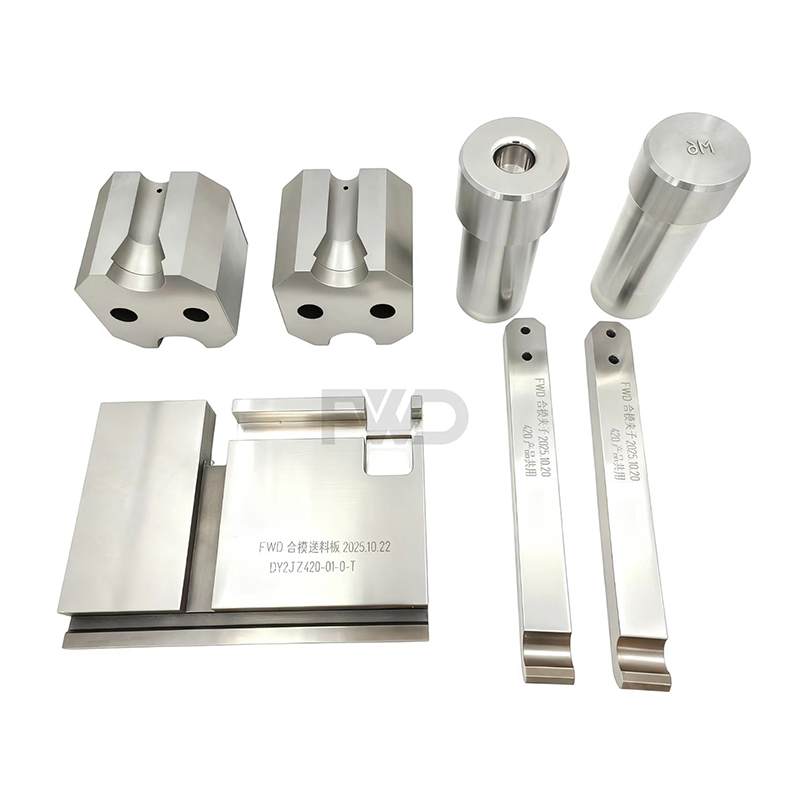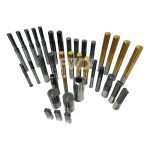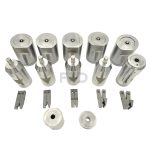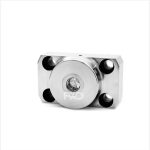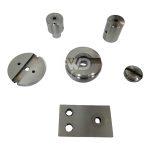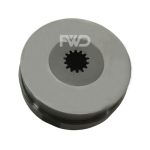Hot Forging Die
Forging: The hot billet is placed into the lower die cavity. The upper die then strikes or presses it with great force using a forging hammer or press.
Shaping: Under this pressure and heat, the metal flows plastically and fills the die cavity, forming the desired shape.
Trimming & Finishing: Excess material (flash) is removed, and the forged part may undergo heat treatment or machining for final tolerances.
Upper Die (Punch): The moving part that delivers the forging force.
Lower Die (Cavity): The stationary mold cavity that defines the final shape.
Die Inserts / Cavities: Replaceable sections that form the detailed part geometry.
Die Holders: Support and align the working dies in the forging machine.
H13 (AISI) hot-work tool steel (most common)
H21 / H11 for extreme conditions
Die steel with surface treatments (nitriding, coating, or carburizing) to improve service life
Punch & Die'ların Avantajları
Allows complex shapes with tight tolerances
Reduces material waste compared to machining
Improves surface finish and dimensional stability
Automotive parts (crankshafts, connecting rods, gears)
Havacılık ve uzay bileşenleri
Fasteners (bolts, nuts)
Industrial machinery components
FAQ of Hot Forging Die
Sipariş Süreci

